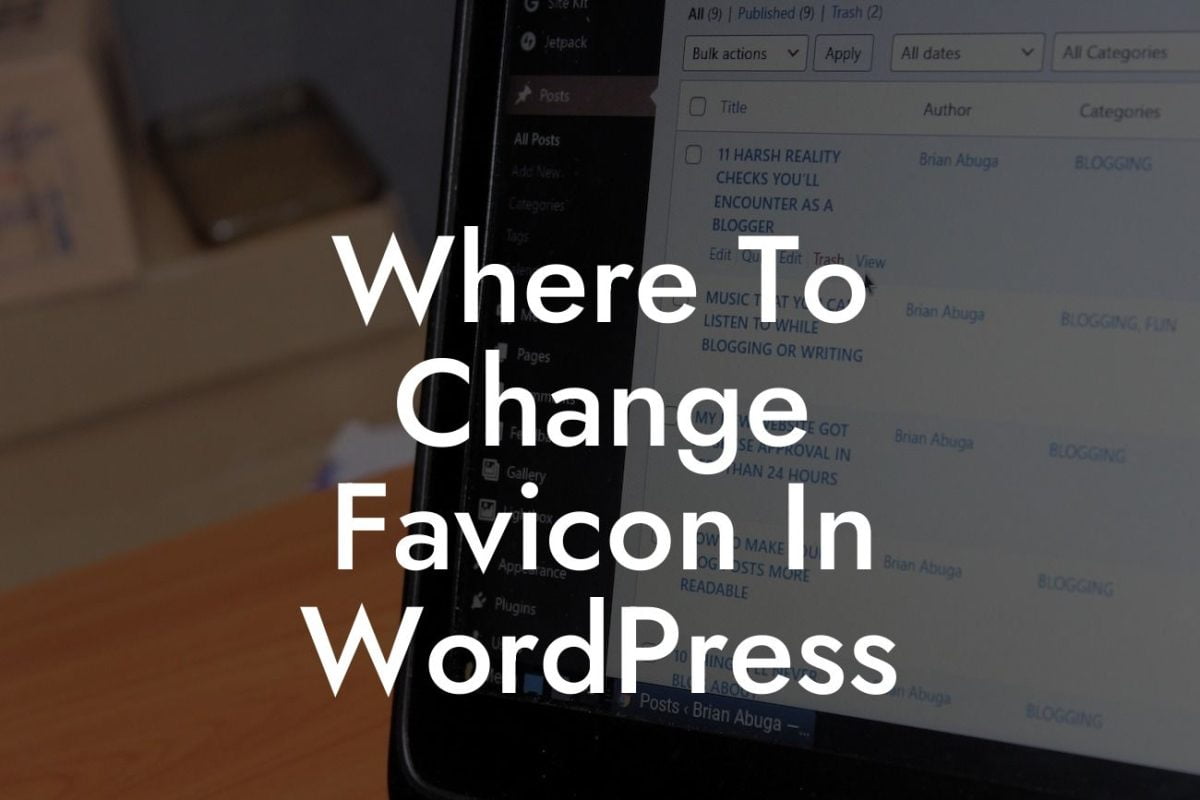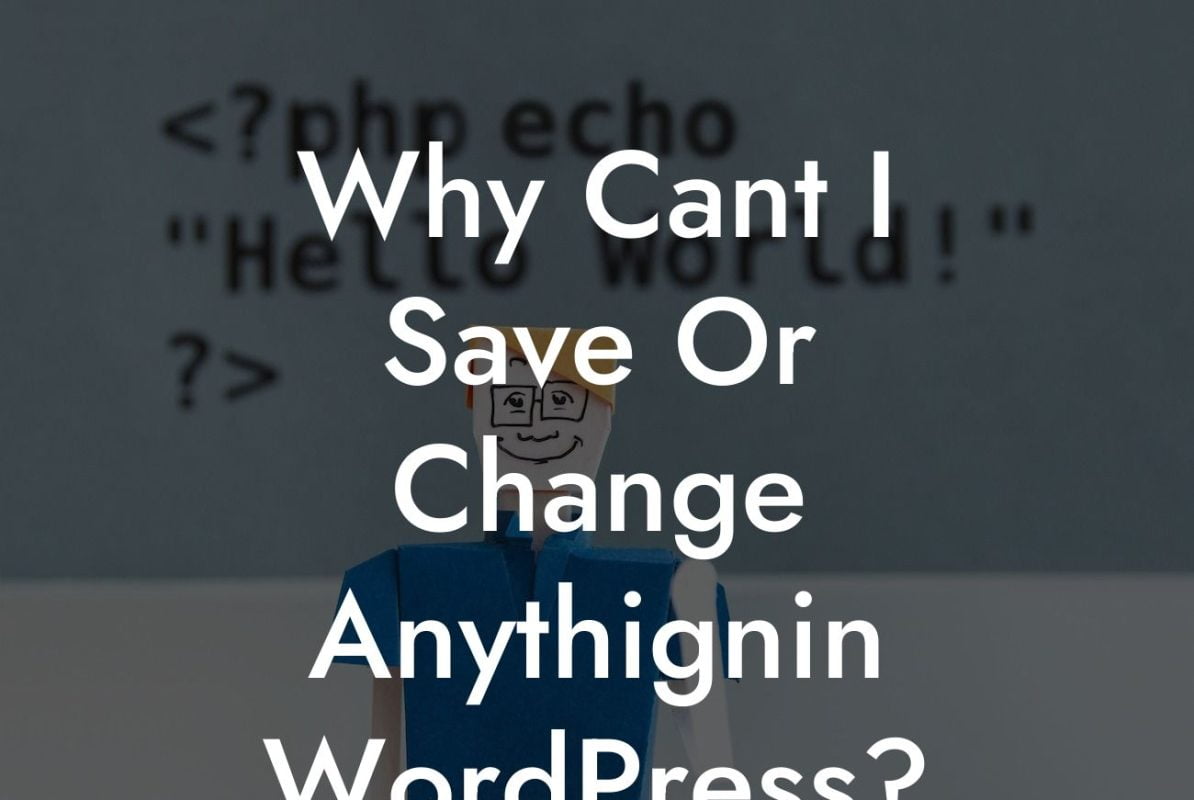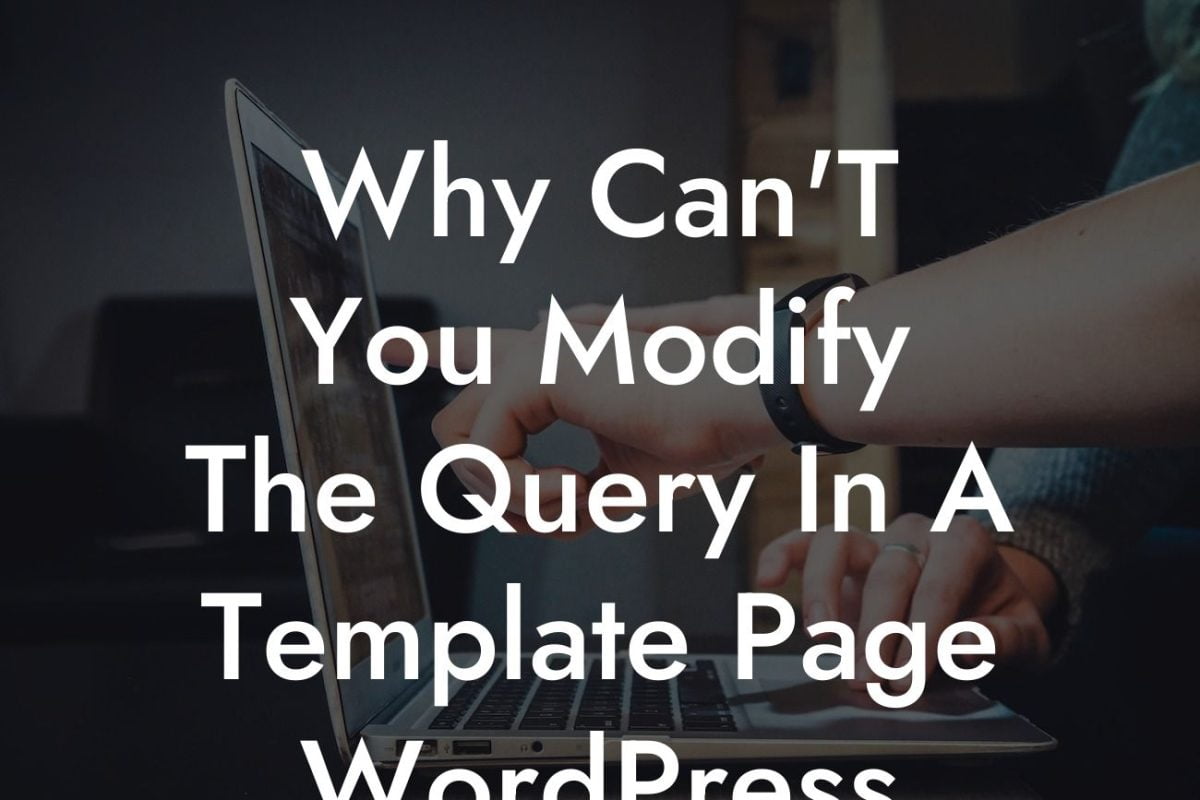Customizing the appearance of a WordPress theme is essential for creating a unique and professional website. One popular way to modify the design is by adding custom CSS code. However, many WordPress users struggle with understanding where this code should be added and how it affects their website. In this article, we will delve into the details of WordPress theme customization, specifically focusing on the addition of custom CSS. Get ready to unlock the secrets of enhancing your website's visual appeal and take your online presence to the next level with DamnWoo's expert WordPress plugins.
H2: Understanding WordPress Theme Customization
Customization is at the core of WordPress's appeal, allowing users to make their websites truly their own. When it comes to modifying the visual aspects of a theme, the process involves making changes to the CSS stylesheet. However, manually editing the stylesheet can be daunting for non-technical users. This is where the WordPress Customizer comes in.
H3: What is the WordPress Customizer?
The WordPress Customizer is a powerful tool that provides a user-friendly interface for customizing various aspects of a WordPress theme. It allows you to preview changes in real-time without affecting the live site. To access the WordPress Customizer, navigate to the WordPress admin dashboard and click on "Appearance" followed by "Customize."
Looking For a Custom QuickBook Integration?
H3: Adding Custom CSS in the WordPress Customizer
Once you're in the Customizer, look for the "Additional CSS" option. This is where you can add your custom CSS code. Simply click on it, and a text editor will appear. Here, you can input your CSS modifications using valid CSS syntax. The changes you make will be reflected immediately in the live preview.
H3: Organizing and Structuring Your Custom CSS
To maintain a clean and organized stylesheet, it's advisable to structure your custom CSS code properly. You can do this by using comments to separate different sections and writing clear and concise CSS rules. Additionally, it's helpful to use classes and IDs to target specific elements on your website. This ensures that your customizations apply only where intended.
H3: Previewing and Finalizing Changes
One of the key advantages of using the WordPress Customizer is the ability to preview changes before finalizing them. This allows you to see how your custom CSS affects the overall appearance of your website. Once you're satisfied with the changes, click on the "Publish" button to make them permanent. Remember to save your work regularly to avoid losing any modifications.
Wordpress Theme Example:
Let's say you have a WordPress theme with a default font that doesn't align with your brand image. You want to replace it with a custom font. By adding the appropriate CSS code in the WordPress Customizer's "Additional CSS" section, you can easily achieve this. You can specify the font family, size, weight, and other necessary styles using CSS rules. With DamnWoo's WordPress plugins, you can even explore advanced typography options and effortlessly transform the look and feel of your website.
Congratulations! You've learned how to add custom CSS to your WordPress theme using the WordPress Customizer. Say goodbye to generic designs and hello to a visually stunning website that reflects your brand identity. Make sure to explore DamnWoo's collection of WordPress plugins tailored for small businesses and entrepreneurs. From advanced customizations to powerful features, our plugins are designed to elevate your online presence and supercharge your success. Don't forget to share this article with others who could benefit from it. Stay tuned for more insightful guides and tutorials by DamnWoo!













